The instinctive act of breathing is rarely given a second thought in adulthood, yet the way we draw air into our lungs can deeply influence everything from our mental clarity to our physical health. The nose, shaped over millennia for this task, serves purposes far beyond the simple transport of oxygen. While mouth breathing may feel natural in moments of exertion or congestion, it is nose breathing that offers adults a suite of physiological and psychological benefits worth recognising.
Revisiting the Anatomy of Breathing
The human nose is more than just a feature of the face. Its internal structures—turbinates, hairs, and mucous membranes—are designed to filter, humidify, and temper the air before it reaches the lungs. At each inhalation, the nose traps particles and pathogens, making it the primary barrier against airborne disease. This process is so effective that nasal breathing can reduce the risk of respiratory infection significantly.
Contrast this with mouth breathing, which exposes the lungs directly to unfiltered, dry, and sometimes cold air. Over time, this can irritate the airways and leave adults more susceptible to issues like sore throats, dental problems, and even disrupted sleep.
Why Adults Abandon Nose Breathing
It’s a mystery why so many adults gradually drift towards breathing through their mouths. Stress, chronic nasal congestion, structural features like a deviated septum, or simply habit can play a part. Lifestyle rarely makes it easier; pollution, allergens, and years of poor posture can all block or restrict the nasal passages, coaxing adults into compensating with mouth breathing.
Children, unless obstructed by illness or anatomy, are natural nose breathers. This early habit is quickly forgotten in adulthood, but it is entirely possible, and worthwhile, to reclaim it.
The Benefits You Might Overlook
Adopting nose breathing is not just about air quality. Its impacts touch systems across the body, influencing sleep, immunity, athletic performance, and even our appearance:
- Filtered, humidified air: Less irritation in your lungs and throat, leading to fewer coughs and infections.
- Improved oxygen uptake: The nasal passages promote more efficient gas exchange, supporting overall cognitive function.
- Greater nitric oxide production: This molecule, generated as air moves through the nose, enhances circulation and acts as an antimicrobial agent inside your airways.
- Enhanced sleep quality: Adults who breathe through their nose at night enjoy deeper, more restorative sleep, with reduced risk of snoring and sleep apnoea.
- Oral health protection: Nasal breathing minimises dry mouth, helping to prevent tooth decay and gum disease.
- Facial appearance: Long-term, habitual mouth breathing is linked with subtle changes in jaw position and facial structure.
Comparing Nose and Mouth Breathing
To highlight the stark differences, here’s a table showing the impact on key areas:
| Feature/Function | Nose Breathing | Mouth Breathing |
|---|---|---|
| Air Filtration | Effective; filters dust, allergens, and bacteria | Minimal; particles go straight to airways |
| Humidification | Moisturises air, protecting lung tissue | Dry air can irritate airways |
| Nitric Oxide Production | Produced, improving blood flow and antimicrobial defence | Little to none produced |
| Oxygen Absorption | Higher due to slower, deeper breathing | Can be shallow and fast, reducing efficiency |
| Oral Health | Maintains moisture in mouth; reduces dental issues | Leads to dryness, higher risk of caries and bad breath |
| Sleep Quality | Promotes deeper, quieter sleep | Associated with snoring and sleep disturbances |
Impact on Everyday Life
You might not notice the advantages of nose breathing until you inadvertently try it—for instance, after a bout of sinus congestion lifts, or mindful breathing in a yoga class. Your focus sharpens, breathing rate slows, and a sense of calm tends to settle in.
Professionals such as singers, athletes, public speakers, and yoga practitioners have long been aware that how they breathe can shape performance. By choosing nasal breathing, they can:
- Prolong endurance during exercise by improving oxygen and carbon dioxide balance
- Steady nerves and voice during public speaking through controlled, steady breaths
- Reduce anxiety by stimulating the vagus nerve and activating the parasympathetic nervous system
For adults with demanding work schedules, frequent travel, or high stress, these subtle shifts in physical function add up.
Addressing Barriers to Nose Breathing
Switching from habitual mouth breathing may not be straightforward for every adult. A few challenges arise:
- Chronic congestion: Allergies, sinusitis, or structural changes can make nose breathing feel impossible.
- Habitual patterns: Years of breathing through the mouth, especially during exercise or sleep, need conscious correction.
- Sinus and nasal cavity issues: Polyps, deviated septums, or enlarged turbinates sometimes require medical input.
Rest assured, most adults can retrain themselves. Some starting points include:
- Mindful awareness: Check in periodically through the day to notice how you’re breathing.
- Nasal hygiene: Regularly rinse the nasal passages with saline to keep them clear of irritants.
- Address allergies: Seek targeted treatment for persistent nasal irritation or blockages.
- Posture correction: Maintain upright posture; forward head position can restrict the nose.
- Breathing drills: Practise breathing exercises such as alternate-nostril breathing, humming, or slow, diaphragmatic breaths to reinforce healthy habits.
In cases of persistent blockages or suspected anatomical concerns, consulting with an ENT specialist is advisable.
Long-Term Effects: More Than Just Breathing
Many adults underestimate how nasal breathing shapes the face during growth. Persistent mouth breathing, especially started in childhood, is associated with:
- Narrower dental arches
- Jutting or receded jaws
- More pronounced under-eye bags
Adults can still see improvements in appearance by restoring nasal breathing. Soft tissues of the face and muscles of the jaw and neck all benefit from correct breathing posture.
The link between breath and facial development also affects how we speak, how we sleep, and our confidence in social settings.
The Role in Sleep: Snoring and Apnoea
Nasal breathing is especially important at night. Mouth breathing increases the likelihood of snoring and contributes to obstructive sleep apnoea, a condition where the airway collapses during sleep. This results in poor oxygenation, frequently interrupted sleep, and knock-on effects such as excessive daytime fatigue, difficulty concentrating, and mood disturbances.
Small interventions, such as nasal strips, medications for allergic rhinitis, or even something as simple as taping the lips closed with gentle, specialist tape (always under medical guidance), can sometimes nudge overnight habits in the right direction.
A Younger and More Resilient Immune System
The journey of each breath through the nose also primes the immune system. Nasal passages capture and neutralise many pathogens before they ever enter the lungs, a feature which, over years, can reduce the number and severity of respiratory infections. This is especially relevant for teachers, medical professionals, and others working in crowded environments.
Simple lifestyle improvements such as ensuring bedrooms are dust-free, using hypoallergenic bedding, and staying hydrated can all help adults keep nasal passages open, making nose breathing more achievable at night and during the day.
Rediscovering Natural Breathing
Children, given space and health, invariably breathe through their noses. Pets do the same. There is a growing movement, especially amongst those interested in longevity and resilience, to return to breathing as nature intended. The process often starts with pausing, observing, and making conscious changes that soon become second nature.
With consistent effort, the choice to breathe through the nose can enhance energy, morale, and health far beyond what one might expect from this everyday function. There is an almost meditative quality to it, bringing the mind and body into a state of quiet balance and readiness.
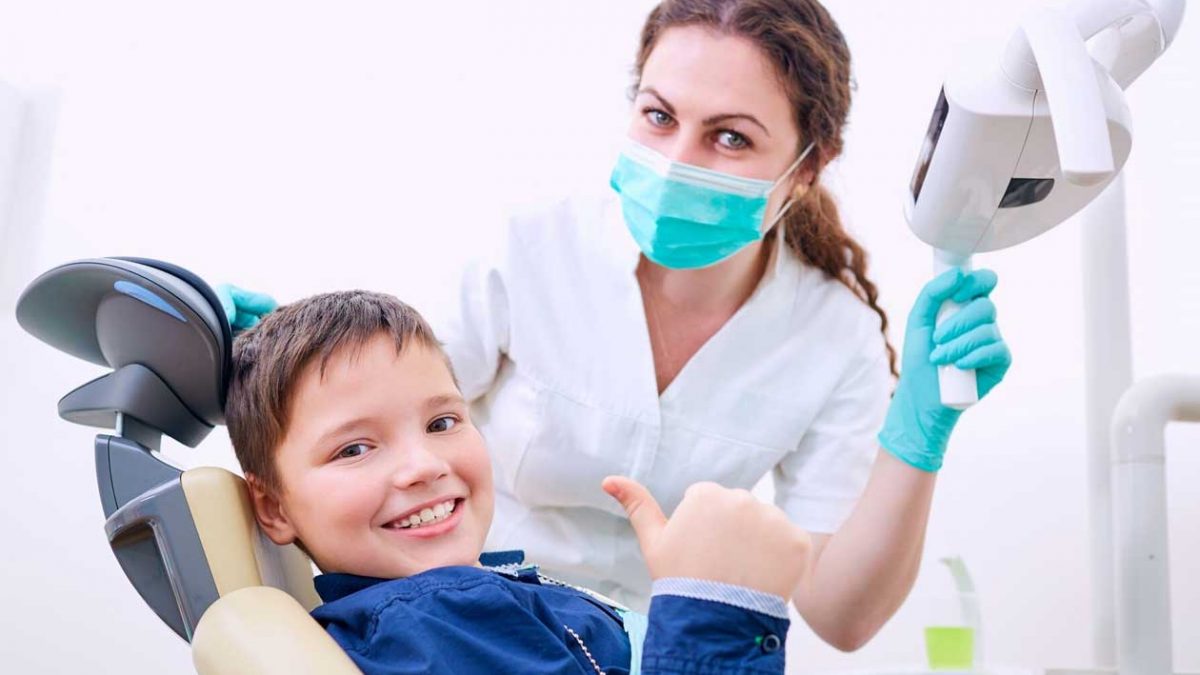
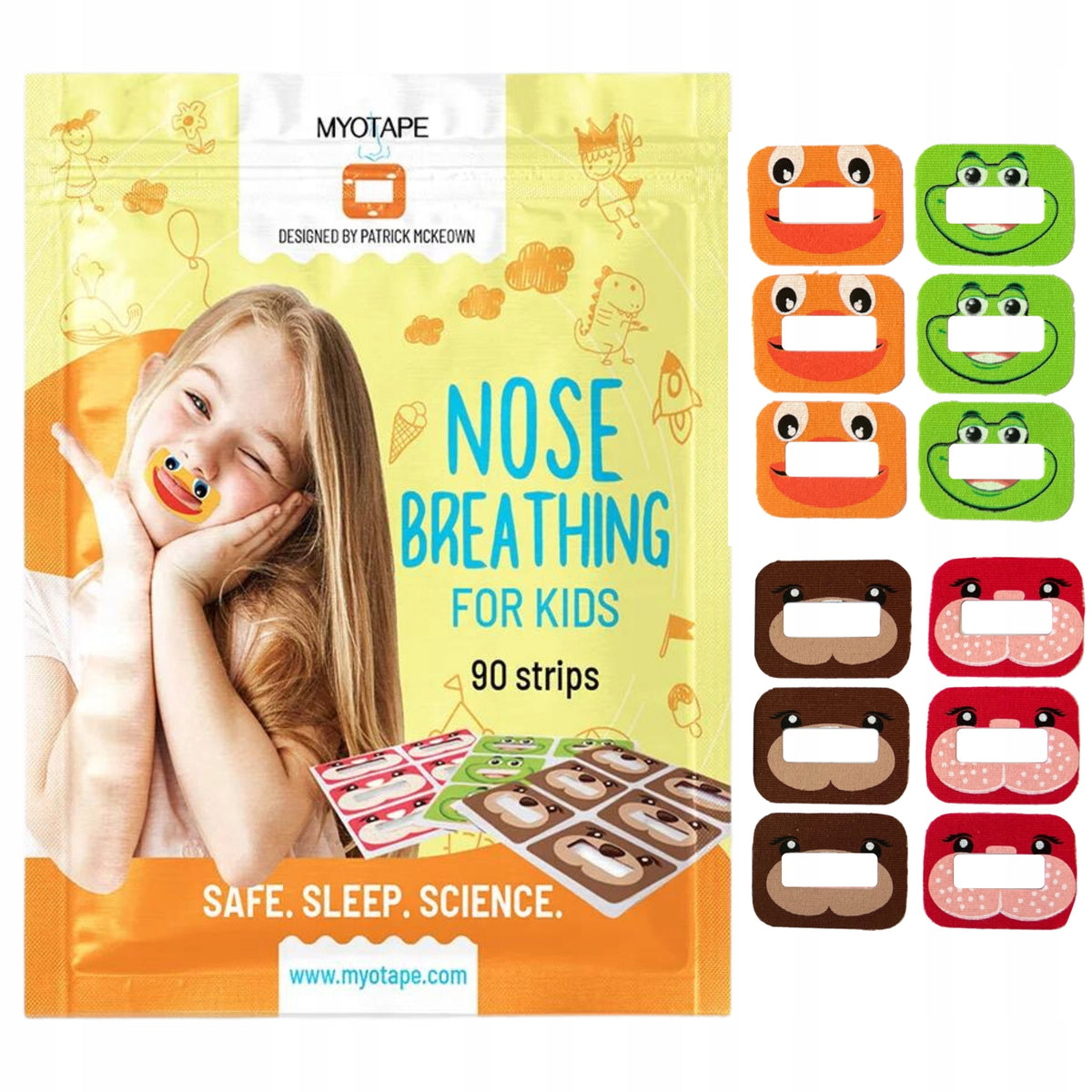
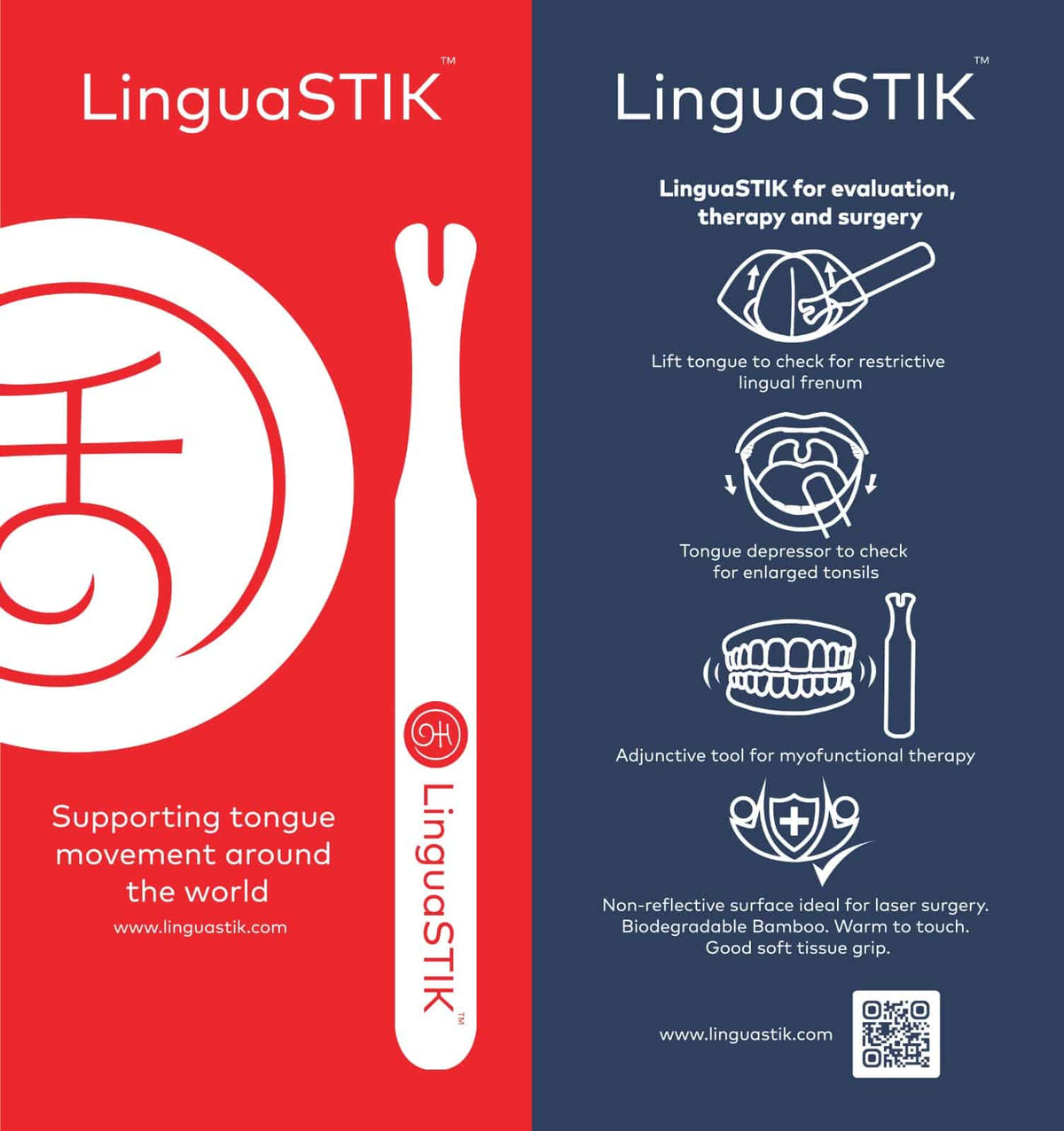

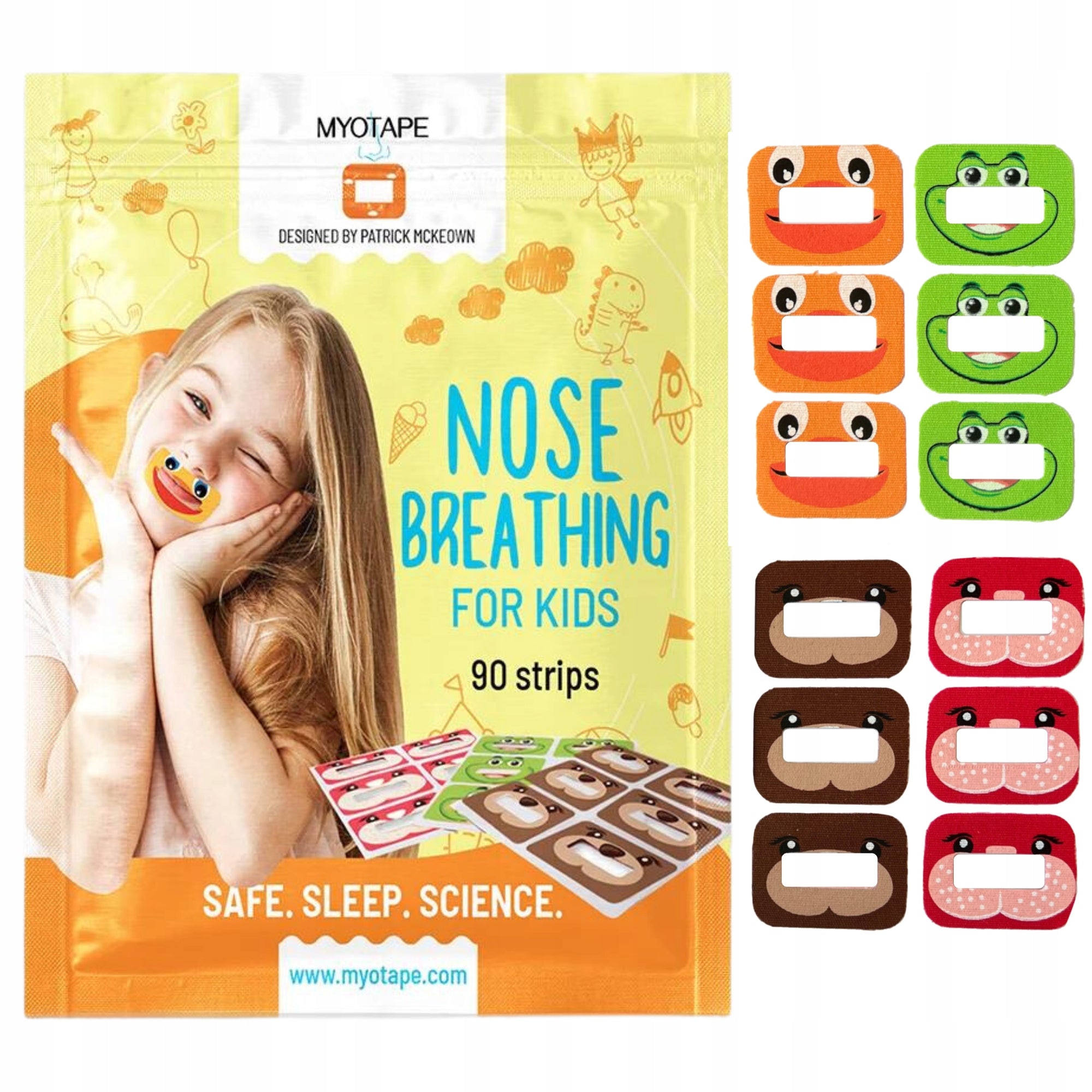

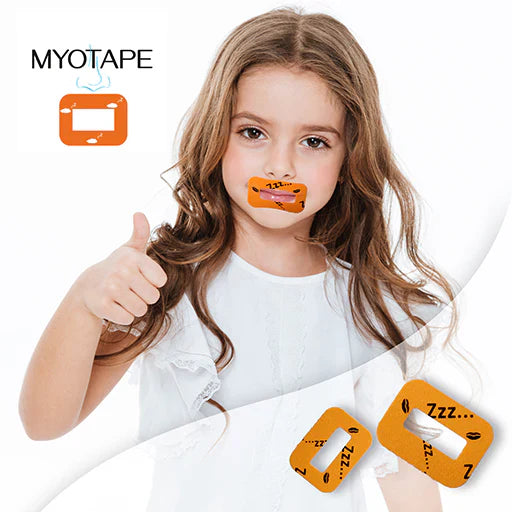
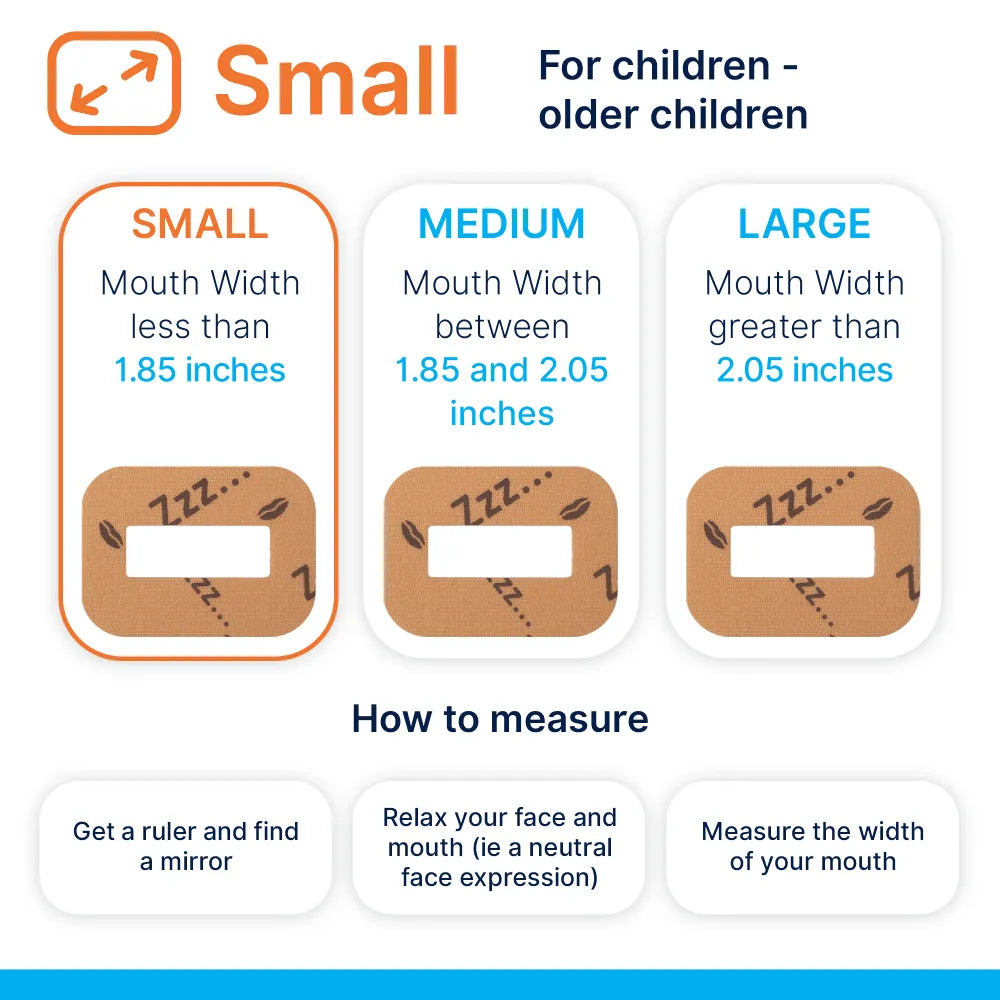
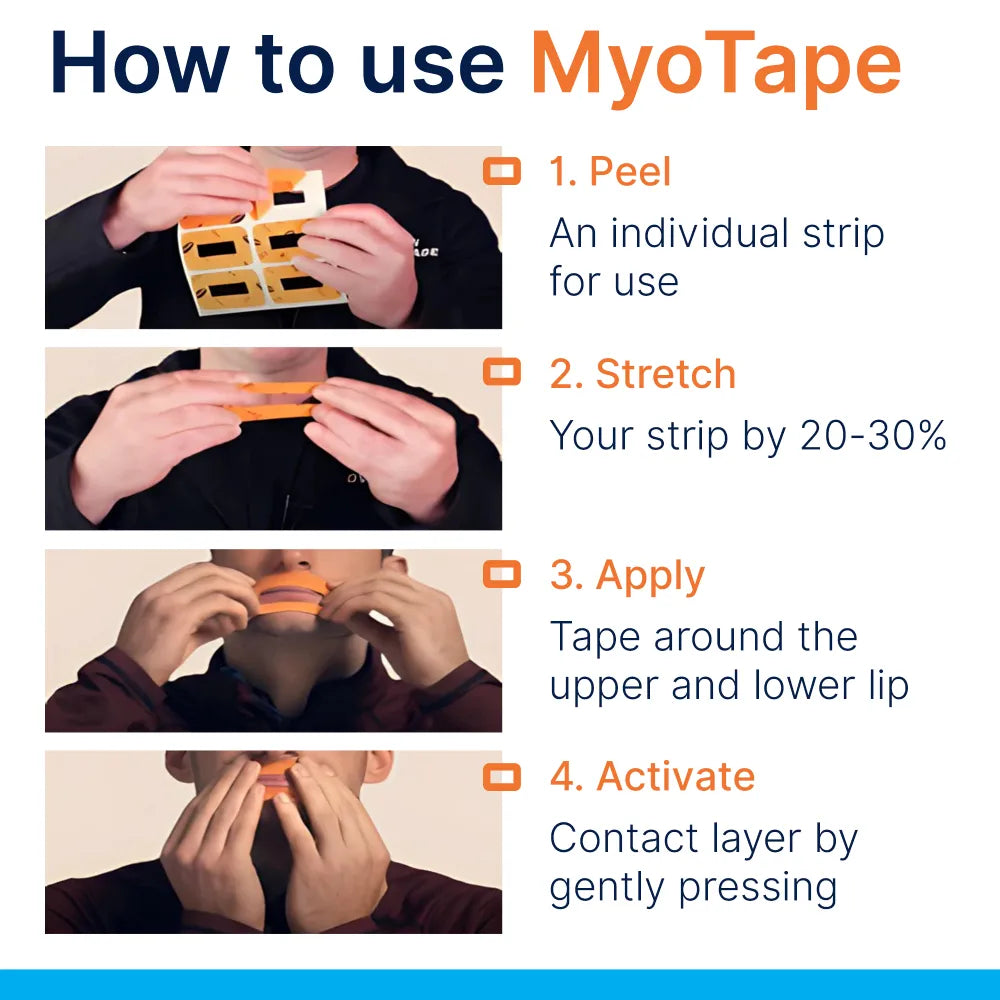


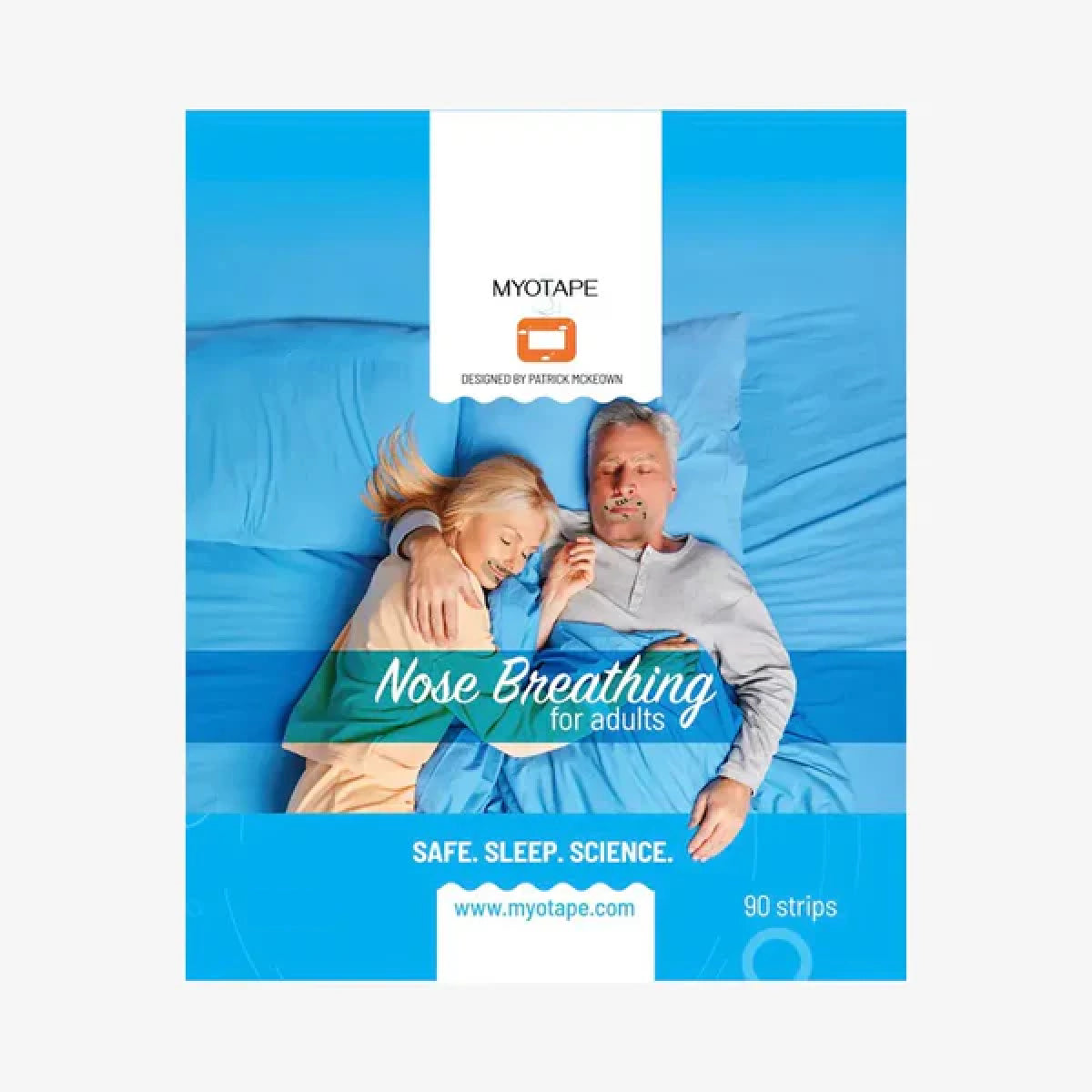
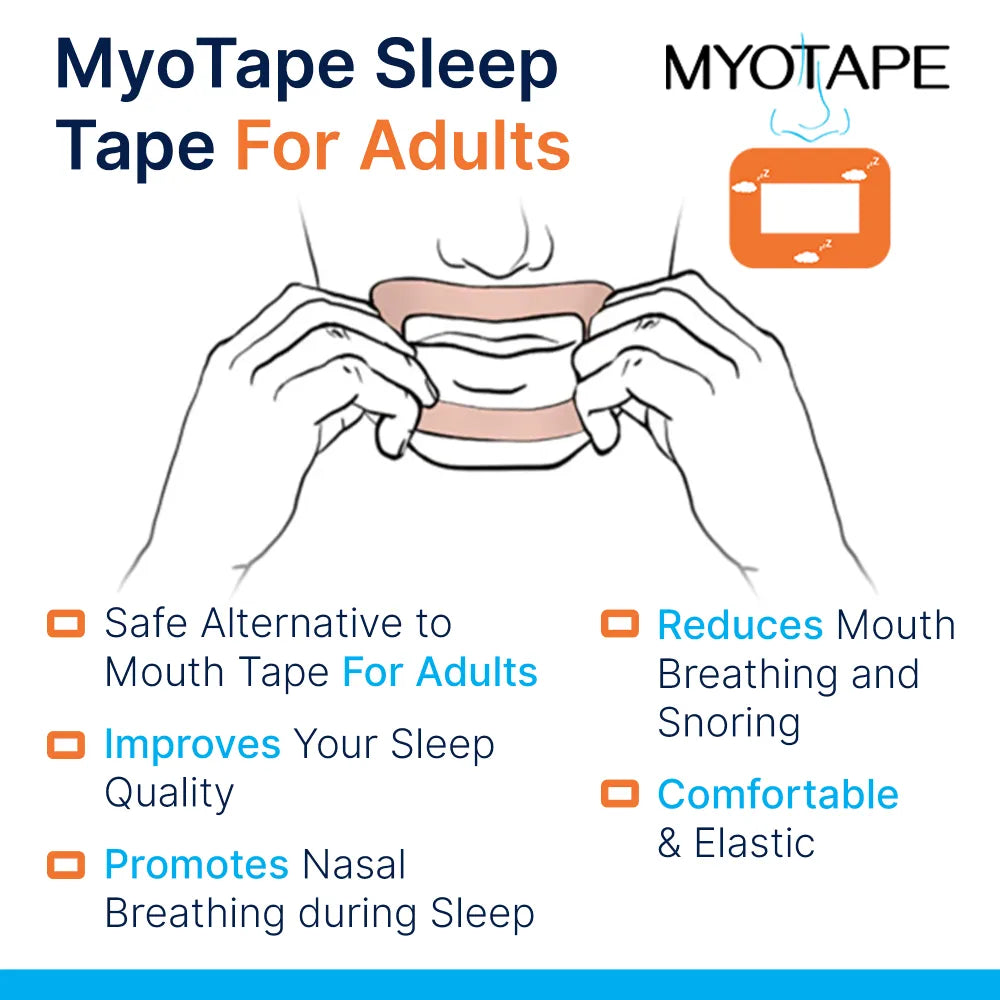


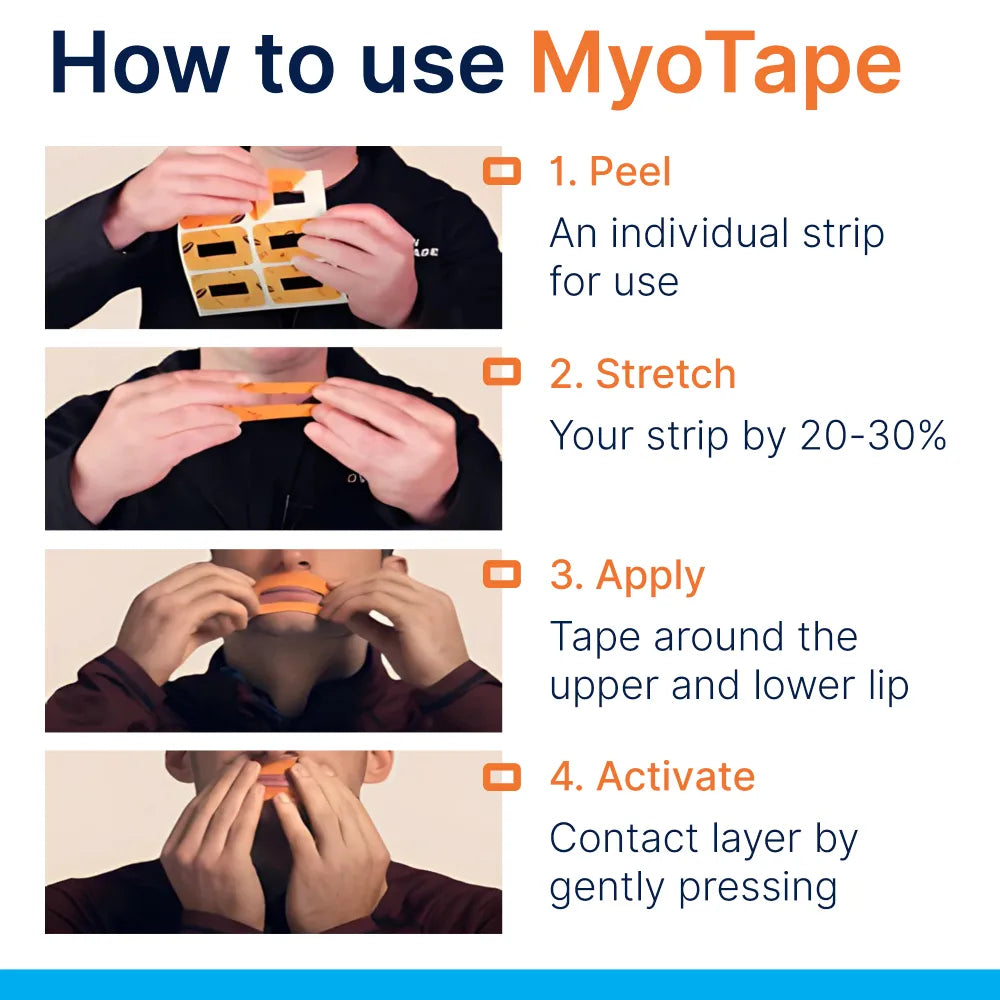

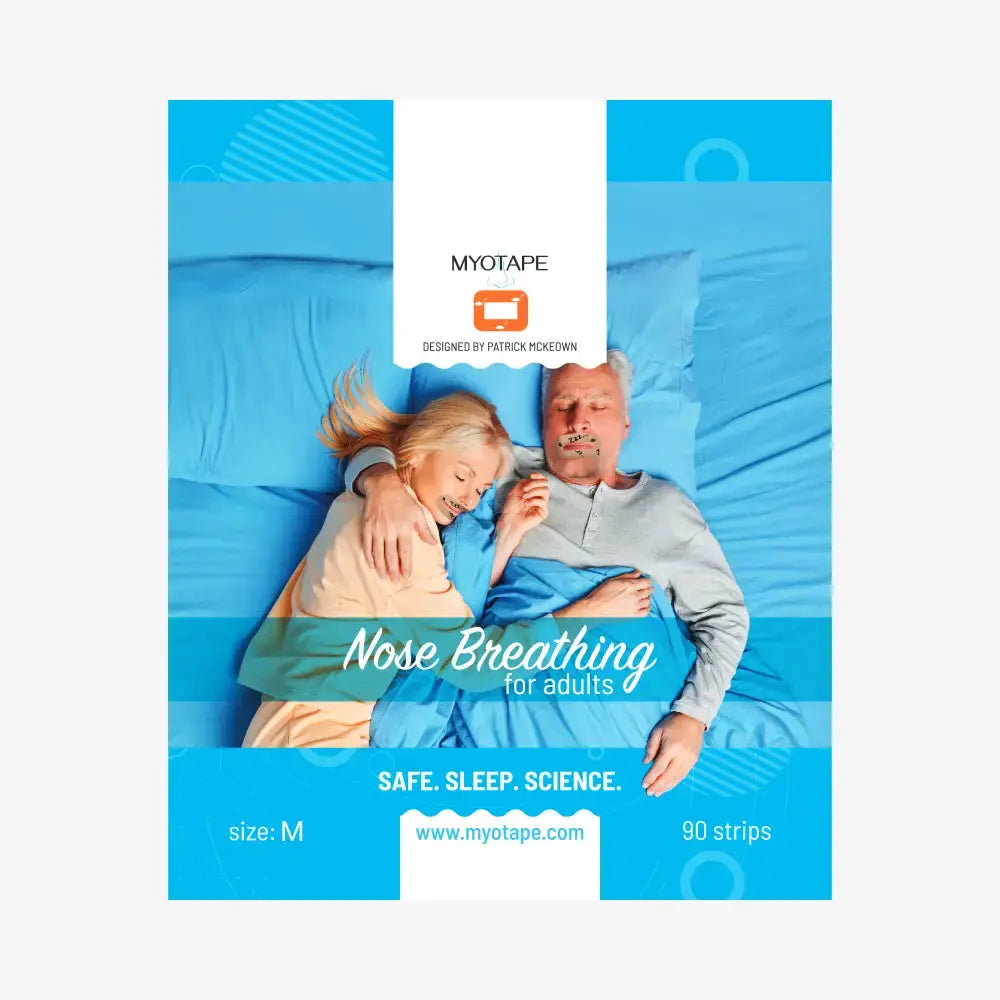
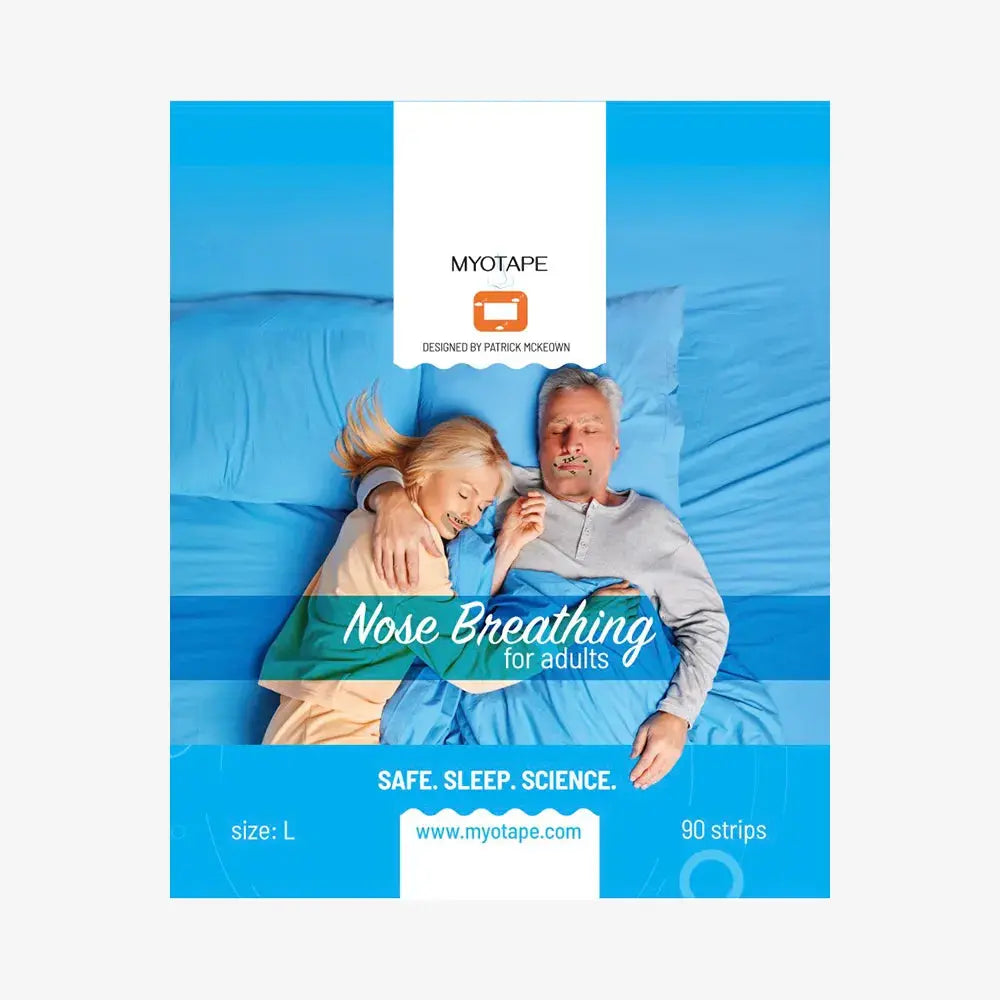
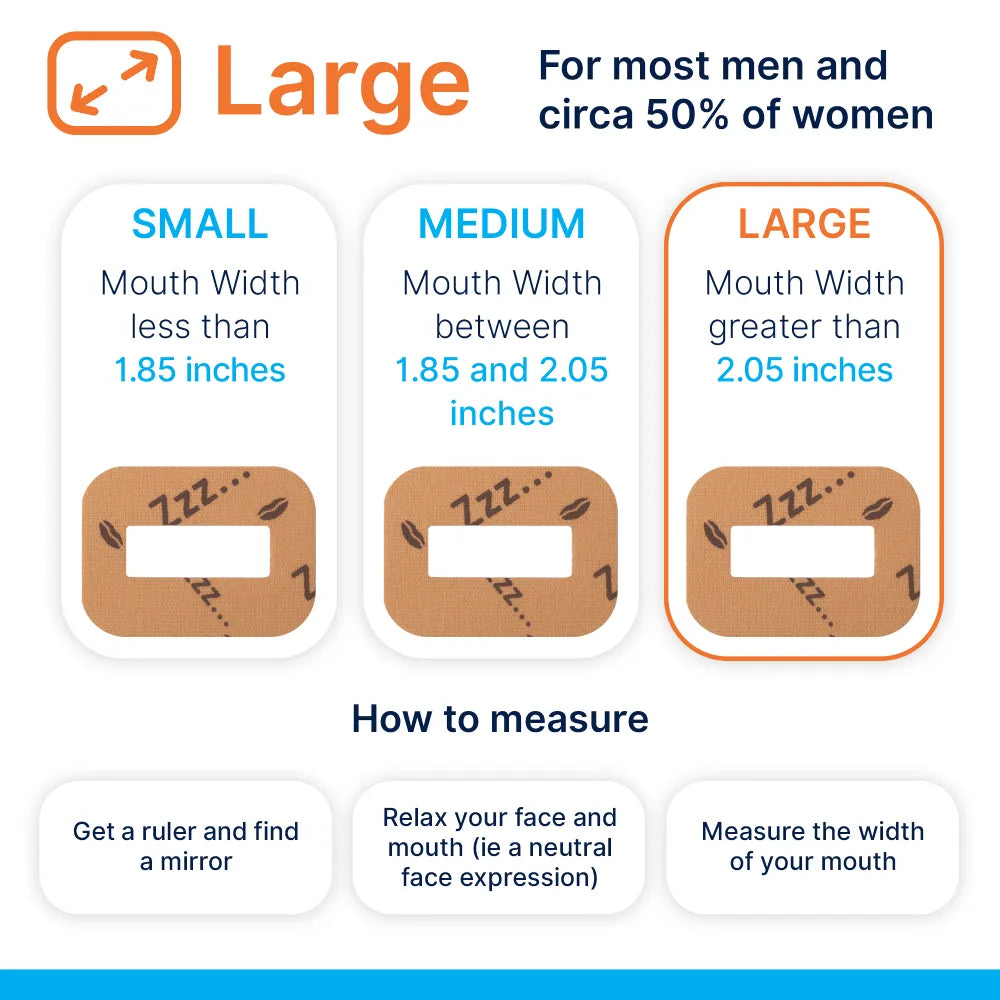
0 comments